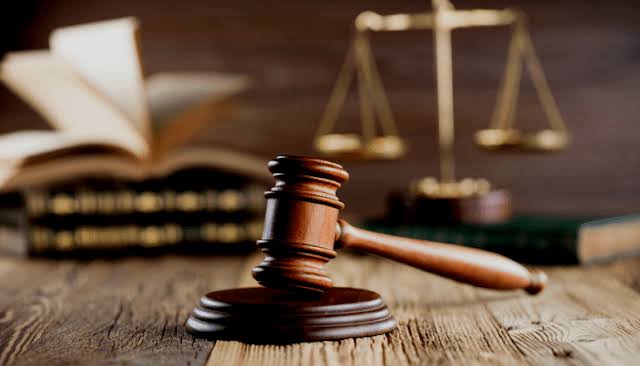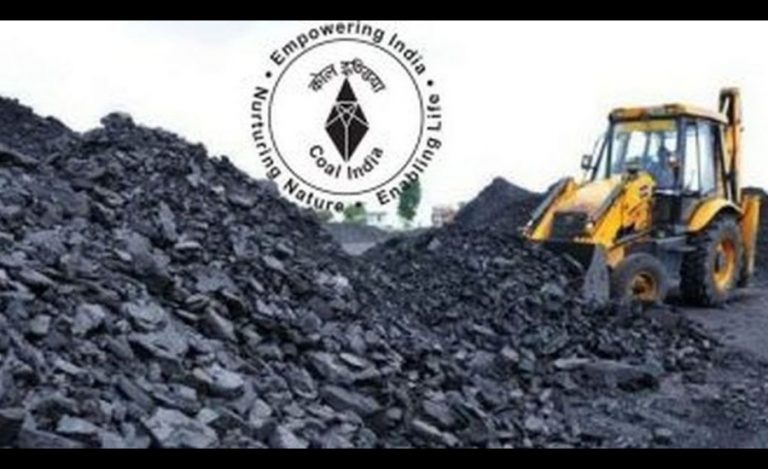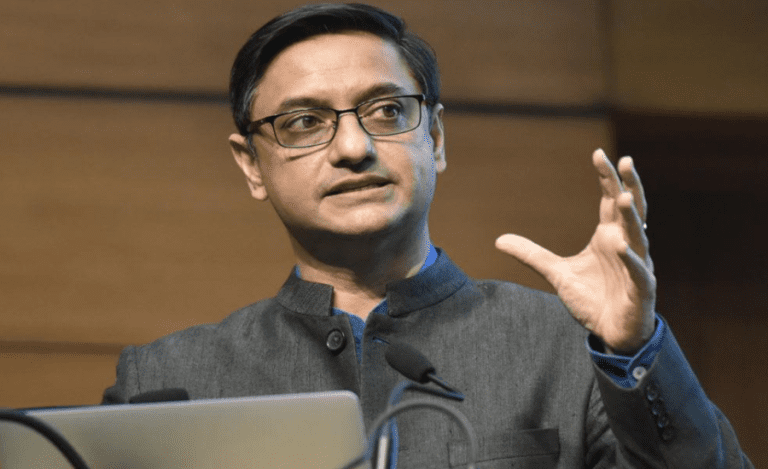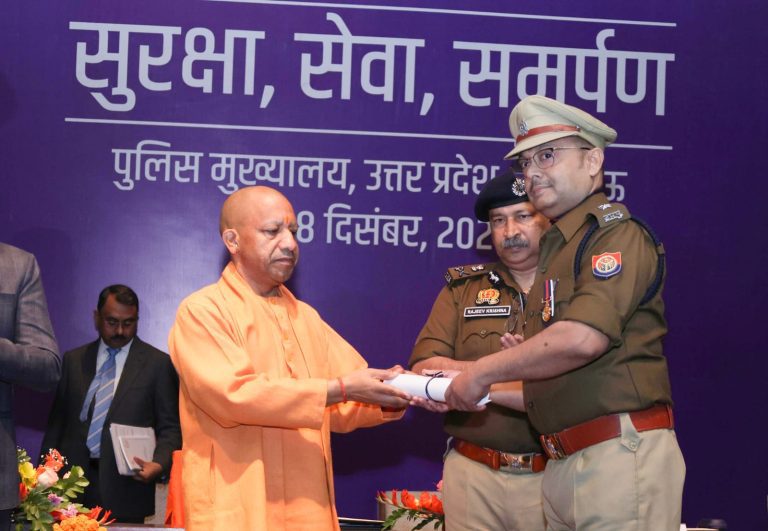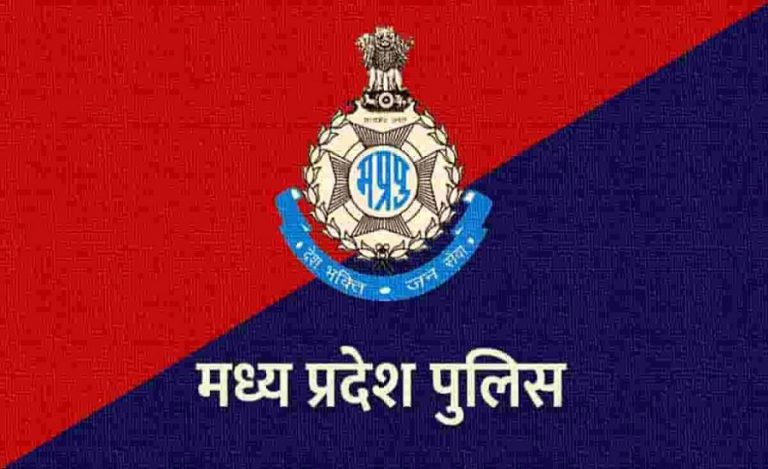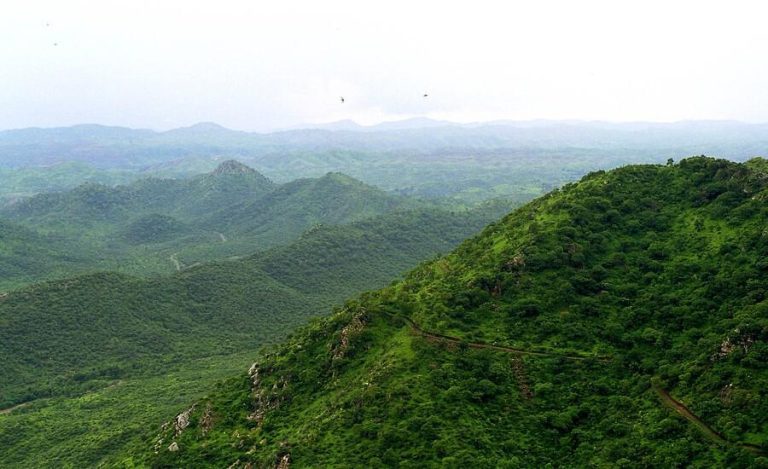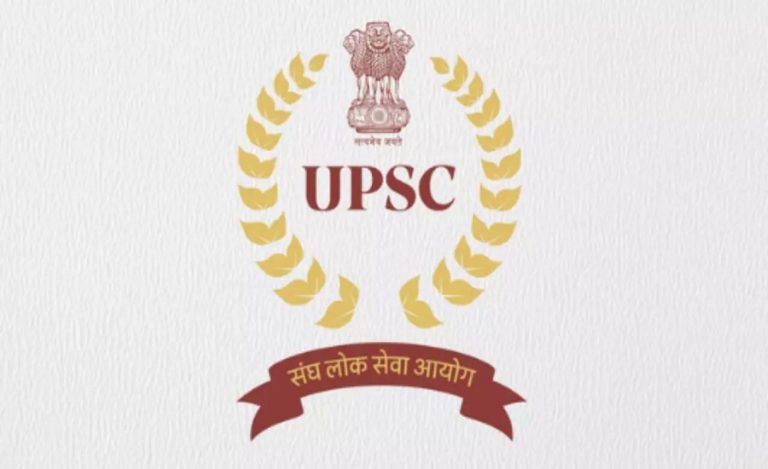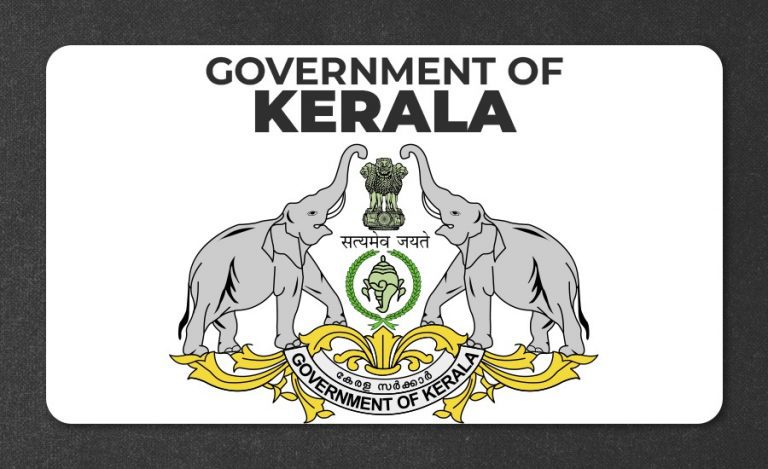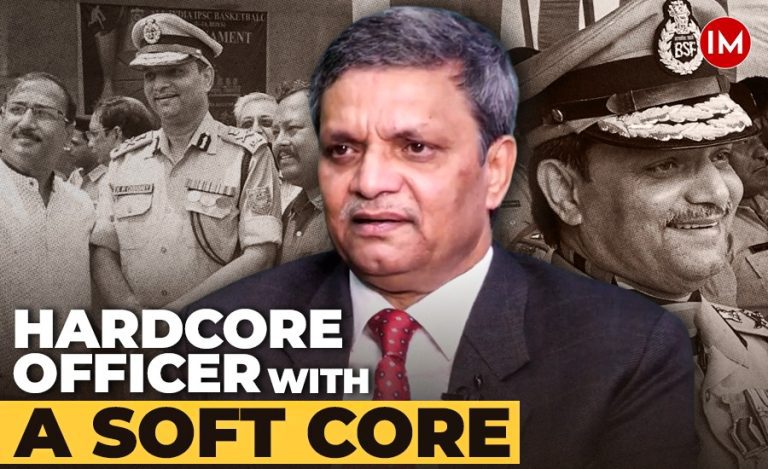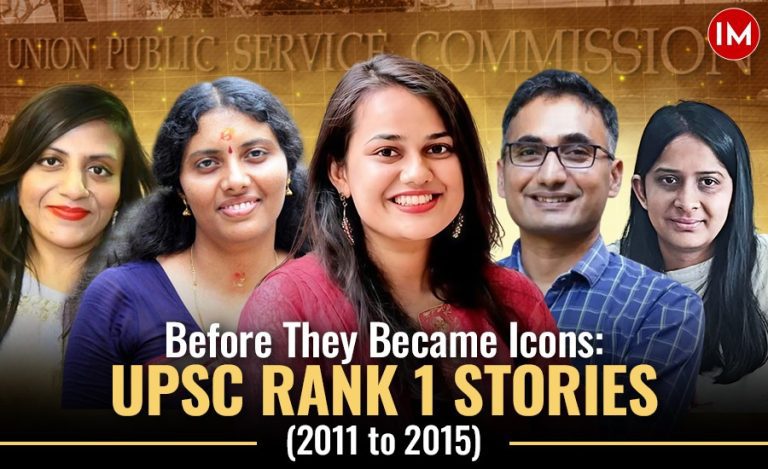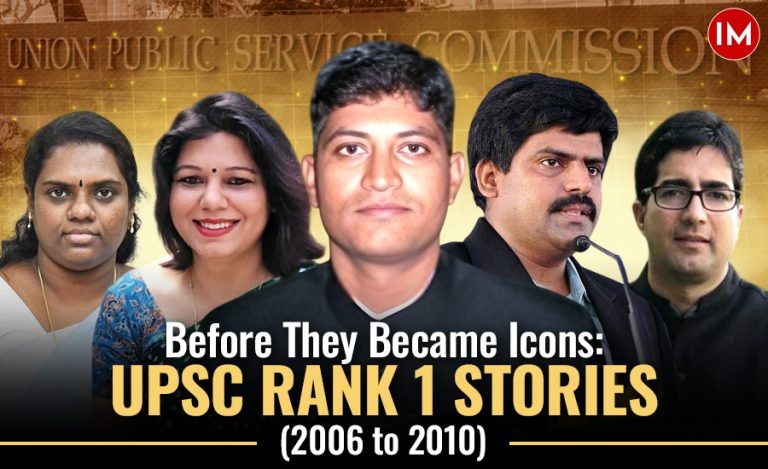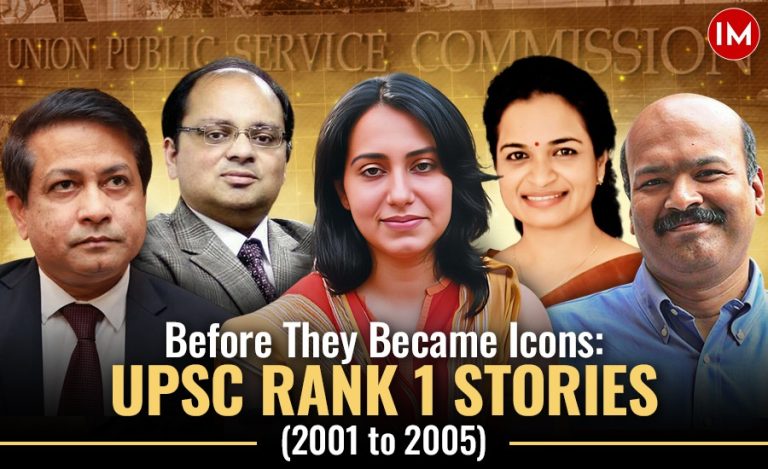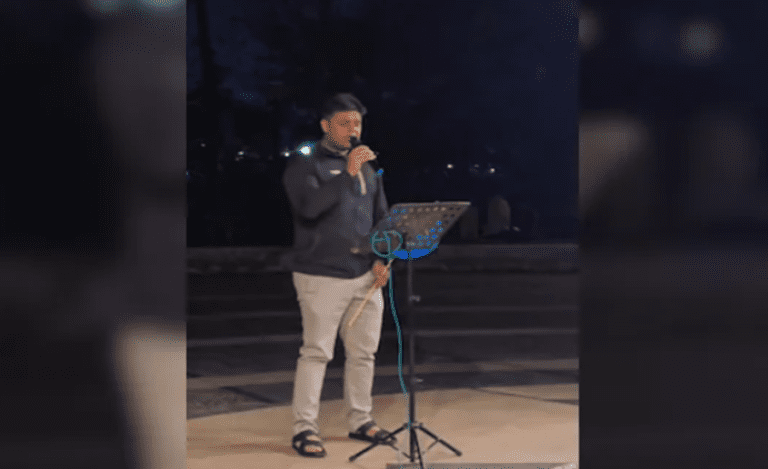New Delhi: In a significant development aimed at strengthening the Delhi High Court’s judicial capacity, the Central Government has approved the appointment of six new judges, all transferred from other High Courts across the country.
This move comes in response to a steadily declining judge strength and mounting case backlog in the capital’s High Court.
Swearing-in Ceremony Scheduled for July 21
The newly appointed judges will take oath on July 21, in a ceremony to be administered by Chief Justice Devendra Kumar Upadhyay, as per an official notification issued by Registrar General Arun Bhardwaj.
This appointment follows the Supreme Court Collegium’s recommendations in May 2025, which were recently approved by the Ministry of Law and Justice, Government of India.
Transferred Judges and Their Previous Postings
The following judges have been transferred to the Delhi High Court-
Justice V. Kameshwar Rao – Transferred back from Karnataka High Court to his parent High Court (Delhi).
Justice Nitin Vasudev Sambre – From Bombay High Court
Justice Vivek Chaudhary – From Allahabad High Court
Justice O.P. Shukla – From Allahabad High Court
Justice Anil Khetrapal – From Punjab & Haryana High Court
Justice Arun Kumar Monga – From Rajasthan High Court
Delhi High Court Judge Strength Rises to 41
Following their swearing-in, the Delhi High Court’s judge strength will increase to 41, against a sanctioned strength of 60. Although the court will still operate below full capacity, this is expected to provide substantial relief in addressing the over 1.20 lakh pending cases.
Urgent Need for Judicial Reinforcement
The number of judges in the Delhi High Court had dropped recently due to retirements and prior transfers, severely affecting case disposal rates. Judicial experts and legal practitioners have long been urging the Centre and Collegium to accelerate appointments to manage the caseload.
Boost to Justice Delivery
Legal analysts suggest that with these new appointments, case disposal speed is expected to improve, helping litigants receive timely justice. The move is also seen as a positive signal of cooperation between the judiciary and the executive in tackling the judicial backlog crisis.

